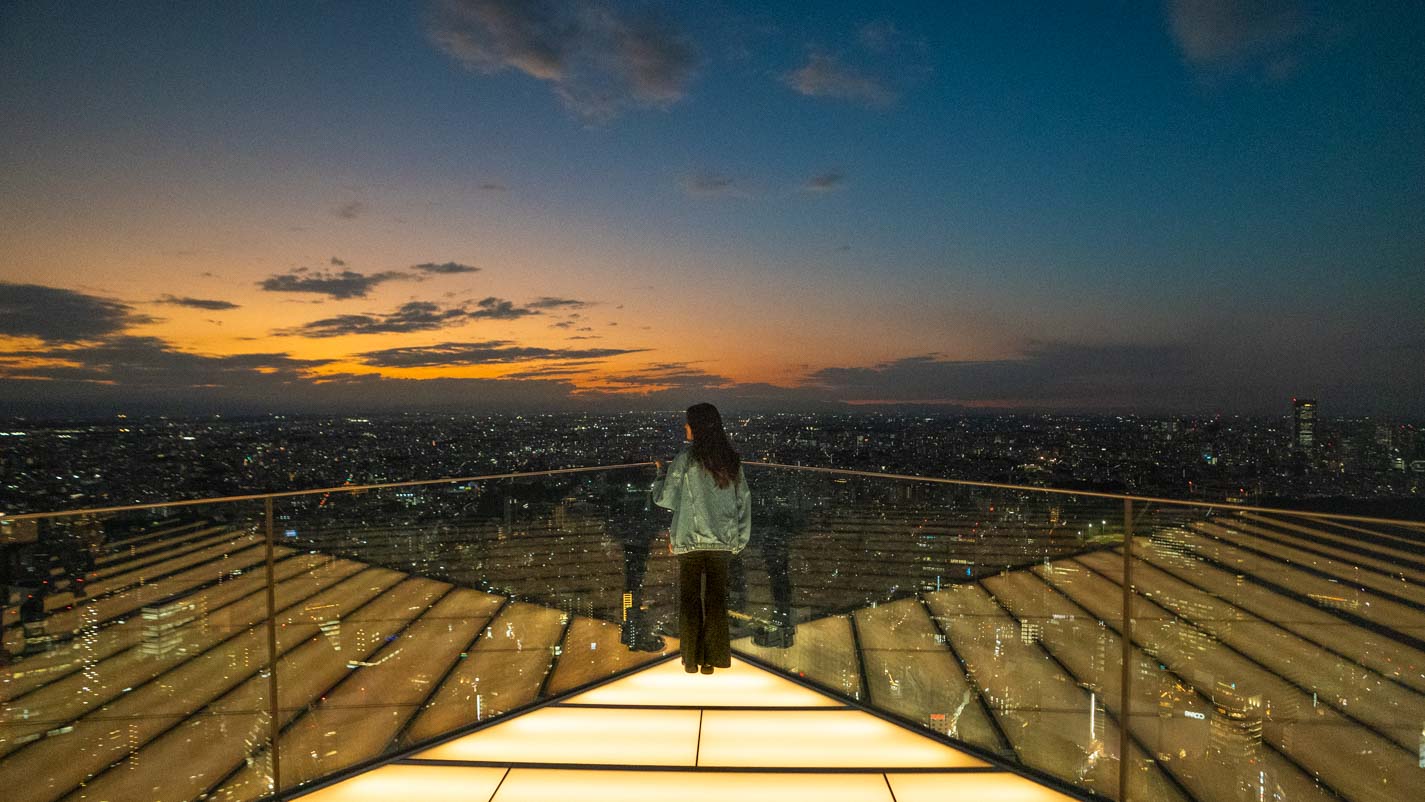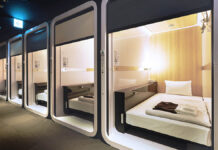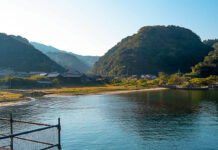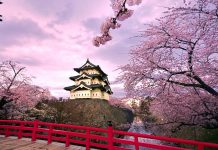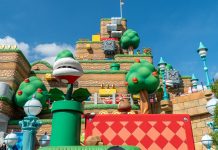Standing on different sides of the escalator, different ramen broth, and even speaking a different language!?
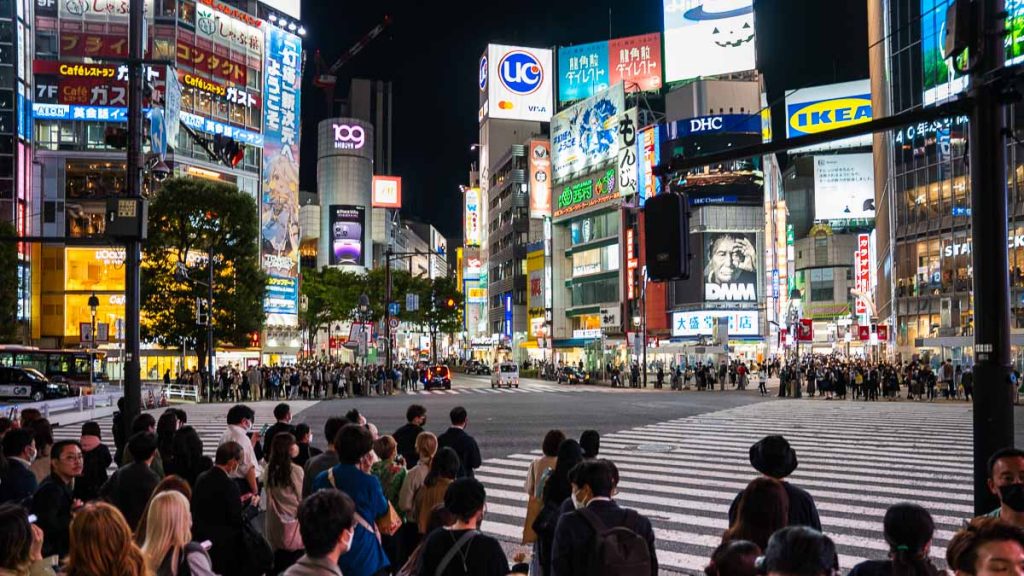
Have you noticed that people in Osaka stand on the right side of escalators, while the locals in Tokyo, stand on the left? NANI?? (What??) Why are these two cities so different, yet only a 2.5-hour Shinkansen train ride apart?
That aside, the two popular cities have many other differences so I decided to dig a little deeper to understand the “friendly” rivalry between them.
Kanto vs Kansai (Tokyo vs Osaka)
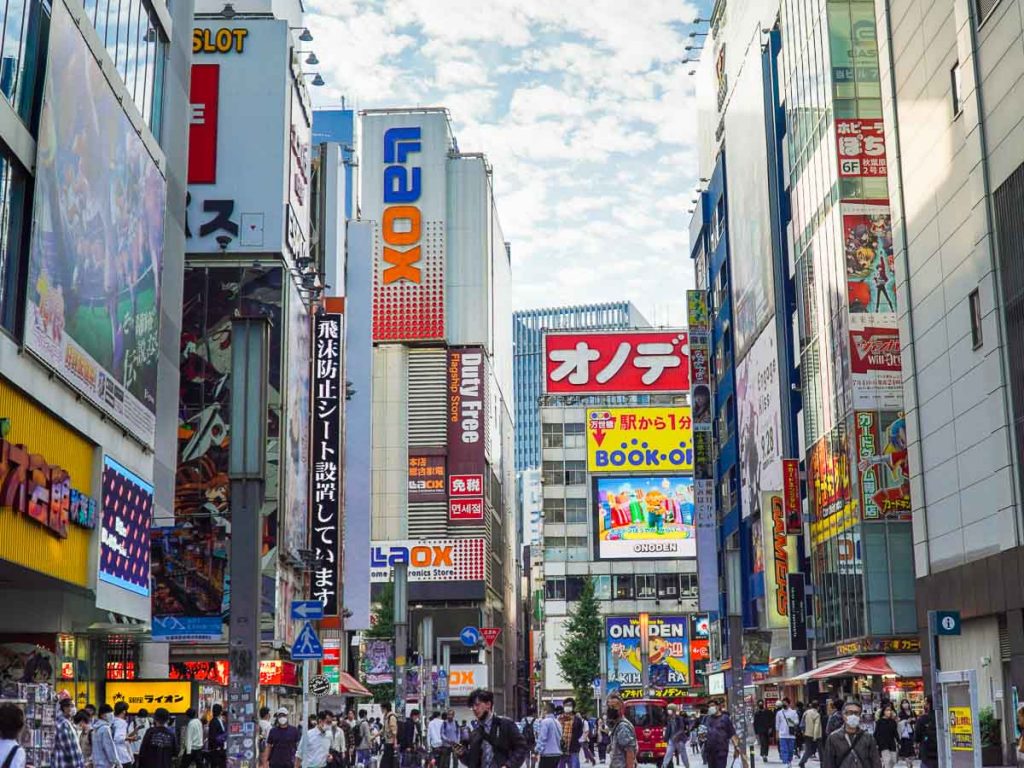
First things first, a brief background before we start — Japan is divided into eight different regions: Hokkaido, Tohoku, Kanto, Chubu, Kansai, Chugoku, Shikoku, and Kyushu. Tokyo is within the Kanto region (East Japan), while Osaka is within the Kansai region (West Japan). Both regions are quite different in terms of culture, language and even historical background!
Kanto is known for its urban landscape and innovative technology. I mean just look at Tokyo, Japan’s capital city and its largest! Tokyo is also considered the country’s commercial, financial, and industrial centre with its modern innovations.
Kansai, on the other end (literally), is famous for historical landmarks like Osaka Castle and its lively culture. No surprise there since it used to be a gateway to international trade and commerce in the past 👀
Polite and fast-paced vs loud and laidback
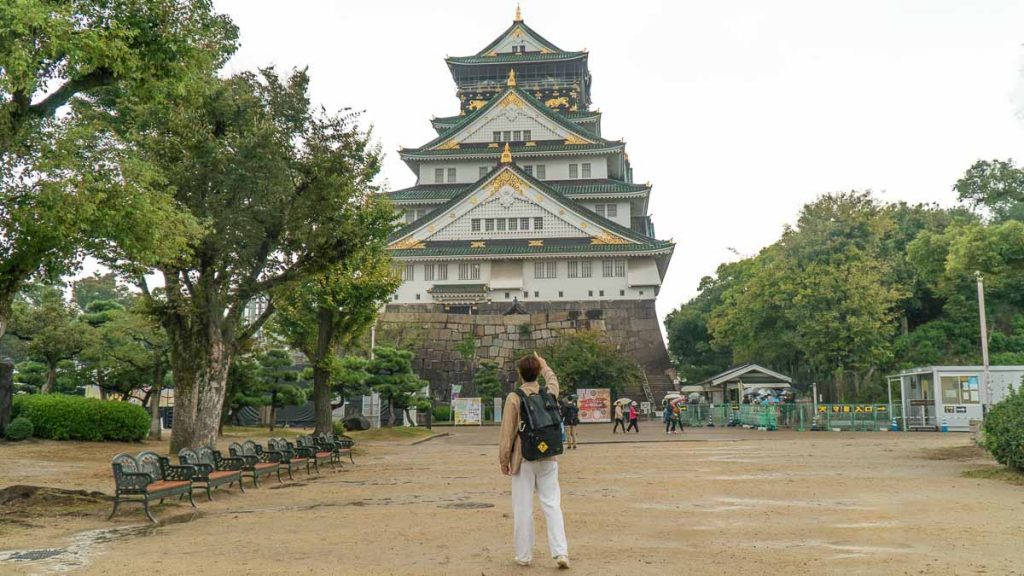
While shopping in Tokyo, I noticed most shop owners would leave me alone to browse. Whereas in Osaka, they are more forward in approaching me and trying to sell their items. When walking along a street, I also noticed that the locals in Osaka would try to chat with you to invite you to their restaurant to eat but it’s not common in Tokyo.
Some of my Japanese friends mentioned that people from different parts of Japan come to Tokyo to study or find a job so everyone is practically a stranger here. They are polite and careful not to inconvenience or offend others to get better opportunities. Compared to Osaka, which has a history of being a merchant city where people had to talk and attract customers to buy their products!
That could explain why Tokyoites are polite yet do things in a fast-paced manner. While Osakans are louder and more laidback in nature.
Standard Japanese vs Osaka-ben
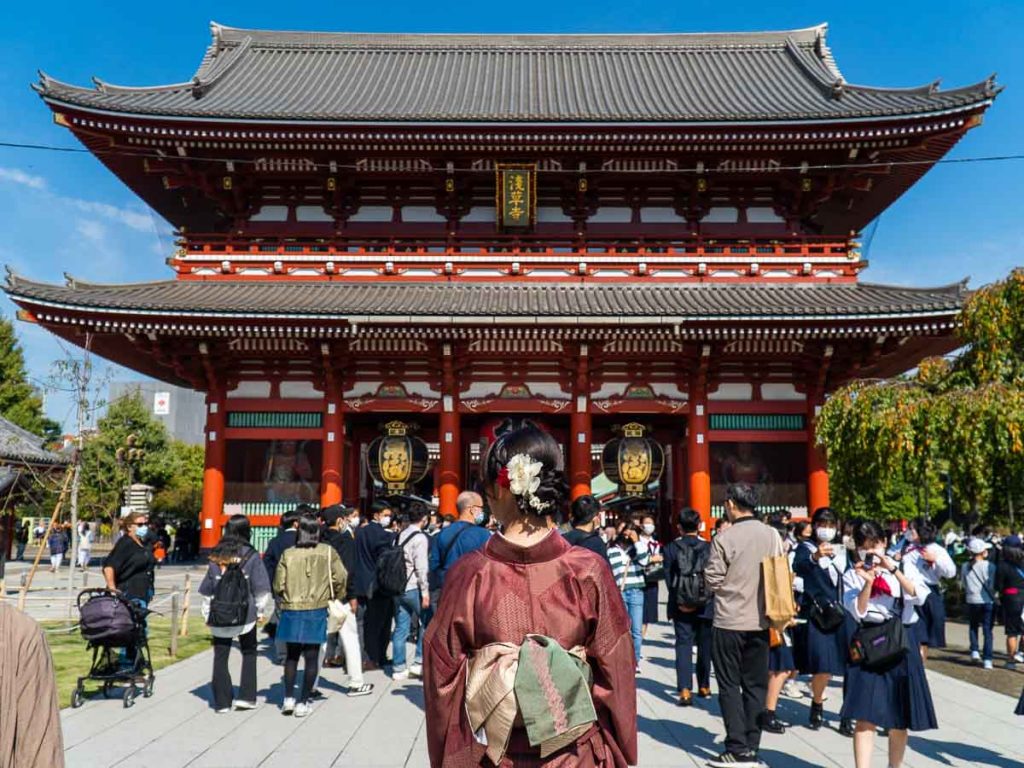
Back in 2019, I studied the Japanese language for a year so I assumed that all locals spoke standard Japanese which was more polite. But when I travelled to Osaka, I didn’t expect to hear a different type of language spoken! Compared to the standard Japanese, the Osaka-ben (dialect) seemed more casual — words are shortened and even the tone is livelier.
Here are some examples of the differences:
| Common Phrases | Tokyo | Osaka |
| Hello | Konnichiwa こんにちは | Maido まいど |
| Thank You | Arigatou ありがとう | Okini おおきに |
| I Don’t Mind, Sure | Kamawanai かまわない | Kamahen かまへん |
| How Much? | Ikura いくら | Nanbo なんぼ |
| Goodbye | Sayonara さようなら | Hona ほな |
After some research, I found out that this difference in language could be due to Japan’s history! In the Meiji era, the capital of Japan moved from Kyoto to Edo (now known as Tokyo). The Japanese administration at that time wanted to establish a standard language — the one we hear in Tokyo today.
However, the original style of speech continued in Kyoto even after the capital was moved to Tokyo. And that’s why places in the Kansai region like Kyoto and Osaka retain the more casual Kansai-ben, whereby each city has their own variation of the dialect too!
Standing on different sides of the escalator
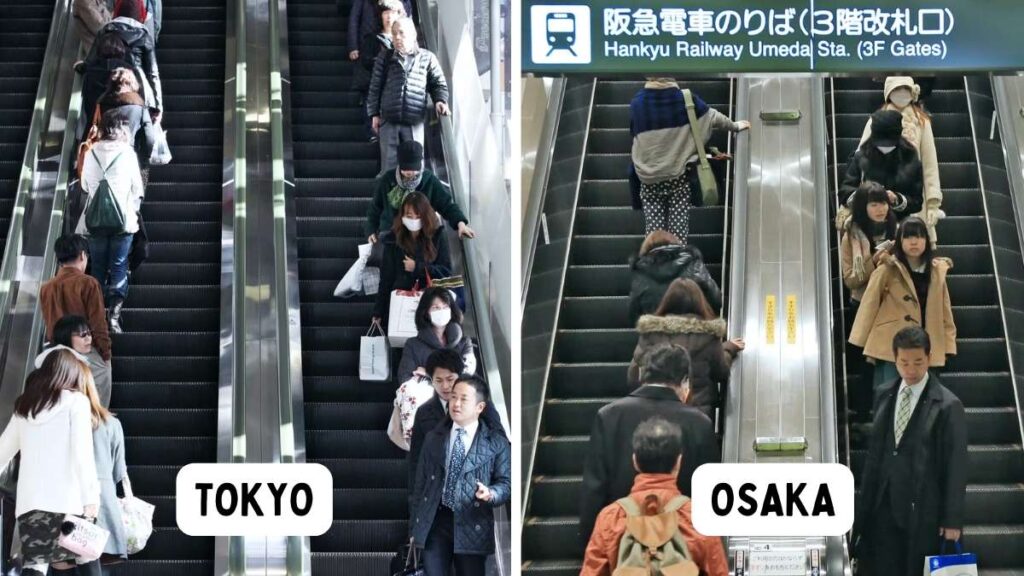
Photo credit: NIKKEI
This was the very first thing I noticed when visiting Osaka for the first time! In Tokyo, locals stand on the left side of the escalator while the right side is for people to pass through (just like in Singapore). But in Osaka, it’s the exact opposite.
There are a couple of theories I found online, although I’m not super sure if they are true:
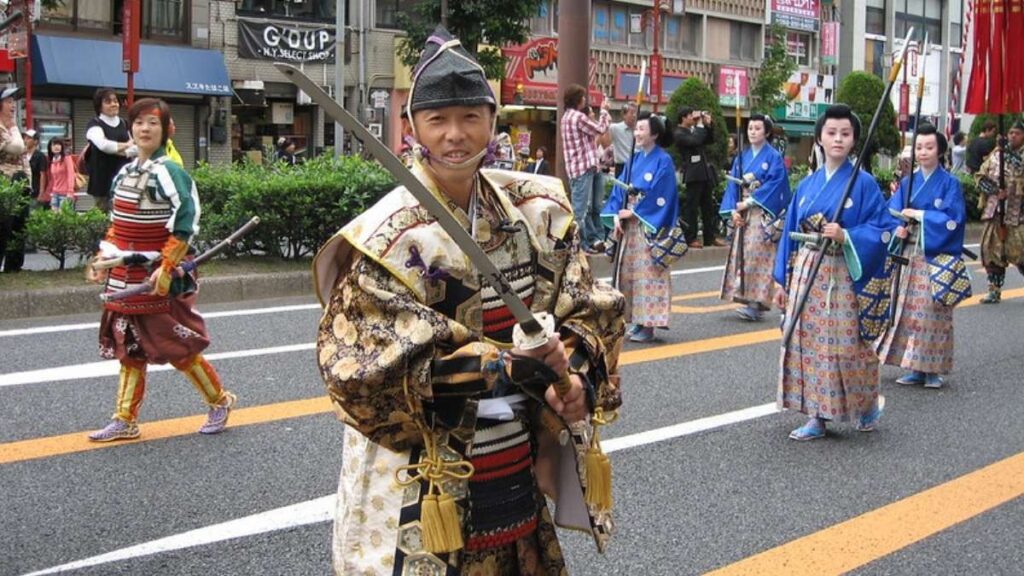
Photo credit: @koichi.kato via Flickr
Theory #1 Since Tokyo used to be a city of samurais, people preferred to stand on the left so they could draw their swords easily. On the other hand, Osaka was a city of rich merchants, who preferred to be on the right so they could protect their money and valuables.
Theory #2 In 1967, a long escalator to the platform was installed at Hankyu Umeda Station. The Hankyu Railway then made an announcement encouraging people to stand on the right side of the escalator. This was because most people in Japan are right-handed and would naturally hold on to the handrails with their dominant hand!
Theory #3 The World Expo was held in Osaka in 1970 — where people from all over the world gathered to showcase their latest innovations in technology, design and architecture. Since most international guests stood on the right of the escalators back home (e.g in America and London), the locals in Osaka followed as well.
What do you think? Do you have any other theories? Let us know in the comments! Regardless, it’s best to do as the locals do, no matter which part of Japan you’re in 😉
Ramen broth: Richer and darker vs Saltier and lighter
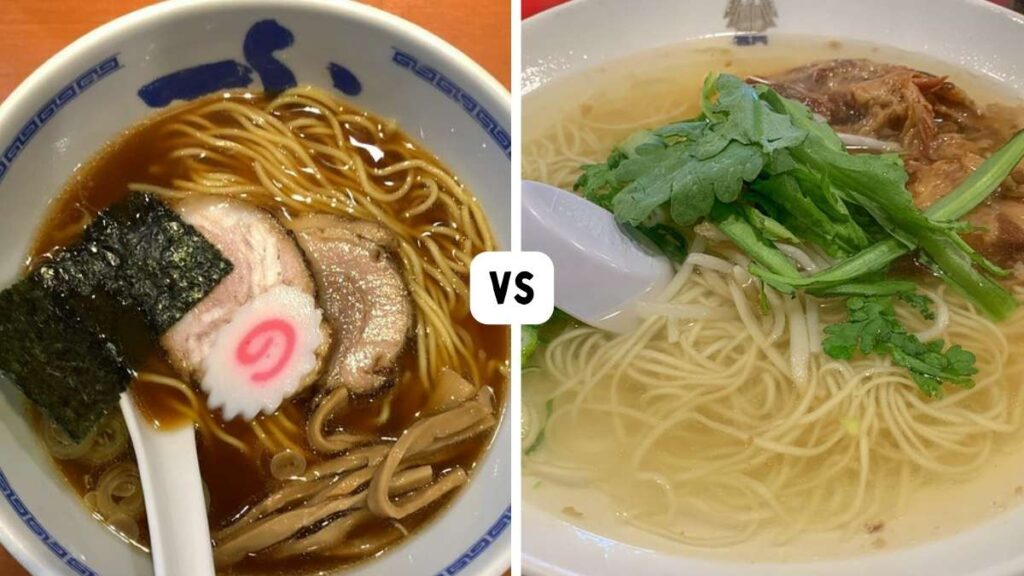
Can you guess which ramen is from Tokyo/Osaka? Photo credit (from left to right): @nakashi and @Hideki iiiiiiiiiii via Flickr
Admittedly, I haven’t noticed this before because I was too busy eating 😅 but apparently, the ramen broth in Tokyo is actually much darker and more flavourful than in Osaka!
It’s said that in Tokyo, the soup broth is made from a combination of katsuo-dashi (stock made with bonito fish flakes) and koikuchi (dark soy sauce). While in Osaka, it’s made with kombu-dashi (stock based on seaweed) and utsukuchi (light soy sauce).
The reasoning? Soba noodles seem to be more popular in the Kanto region and go well with darker broth. While udon is more commonly eaten in the Kansai region and is usually paired with a lighter broth.
Monjayaki vs Okonomiyaki
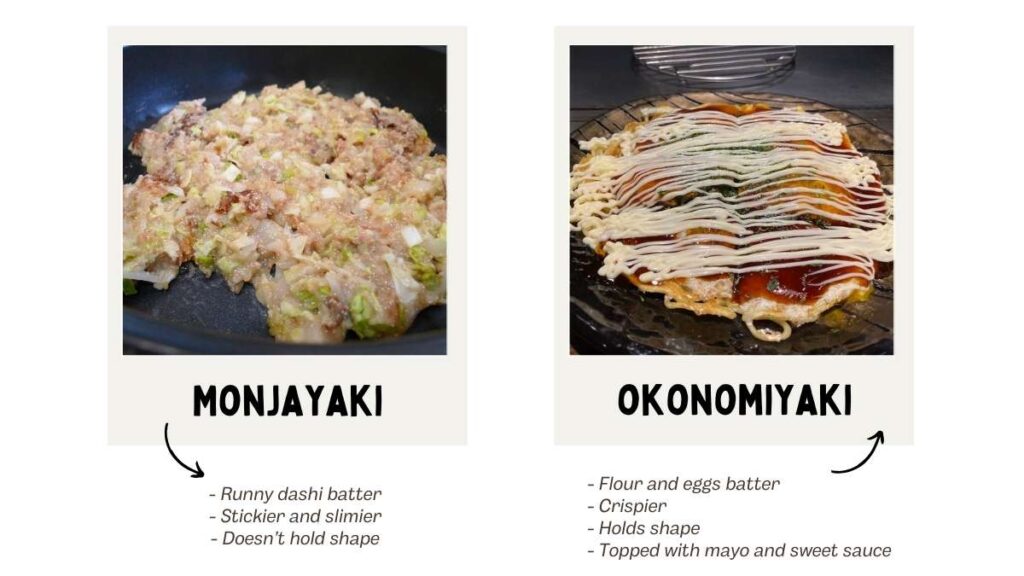
Photo credit (from left to right): @nathan0525 and @Kanesue via Flickr
Although they may look similar and have a “yaki” at the back, these two dishes taste quite different! Monjayaki (Tokyo) and Okonomiyaki (Osaka) are both Japanese-style pancakes, except that the former uses a special runny dashi batter while the latter uses eggs and flour.
Personally, I prefer okonomiyaki because it’s crispier and thicker, plus it’s usually topped with mayo and a sweet and savoury sauce 😋 The monjayaki feels a little stickier and slimier, and doesn’t really hold its shape.
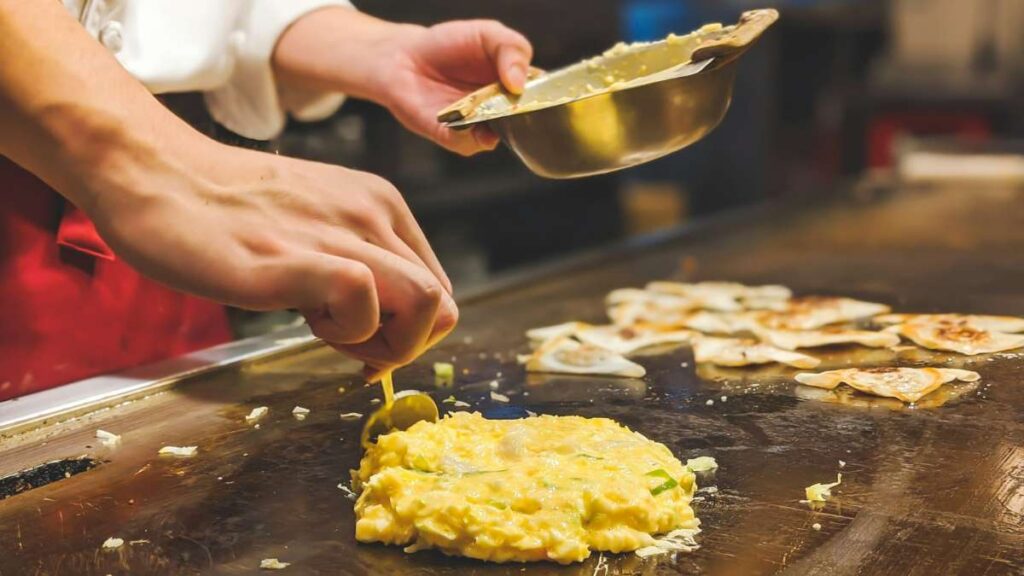
Photo credit: Daniel Hooper via Unsplash
If you haven’t had either, I’d recommend trying both though! The fun part is being able to cook it yourself, it’s the same instructions for both — stir-fry your ingredients (cabbage, seafood, meat etc), make a hole in the centre and pour the batter in, fold in the batter together with the ingredients, and fry it for a good 5 minutes. There’s an extra step for okonomiyaki, flip it over and fry it for a few minutes more. Then itadakimasu~
Most restaurants in Tokyo and Osaka would provide you with a simple guide on how to cook the dish but you can always ask the staff for help if you can’t cook to save your life (like me) 😂
So…. Tokyo vs Osaka? Which is better to visit?
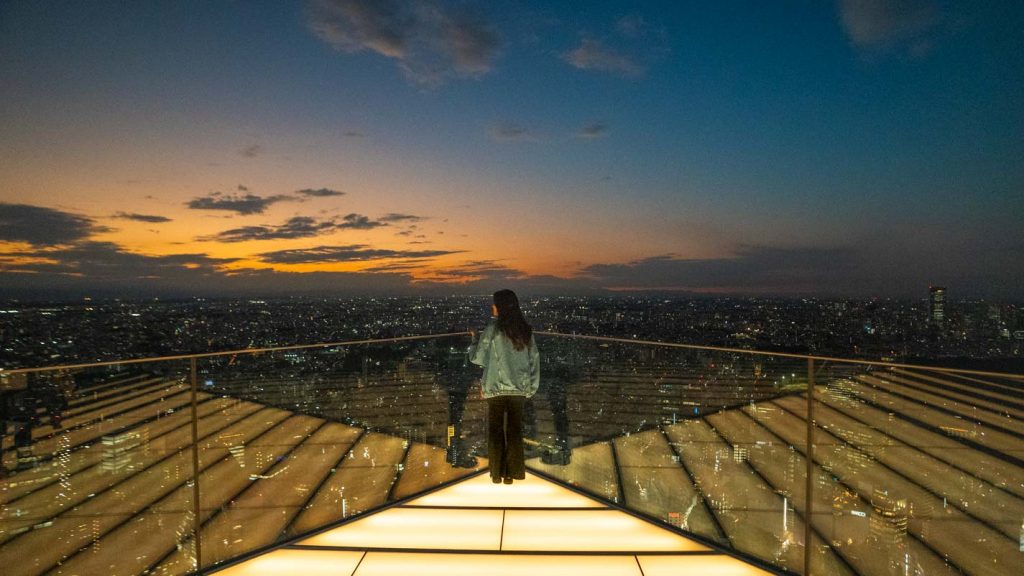
I’m a city girl through and through so if I’d have to pick, Tokyo is the one for me. Everywhere is well-connected, there are plenty of places to shop, and I actually like that people are kind of distant (I have a low social battery oops). Not to mention, the happiest place on earth AKA Tokyo Disneyland, is there too!
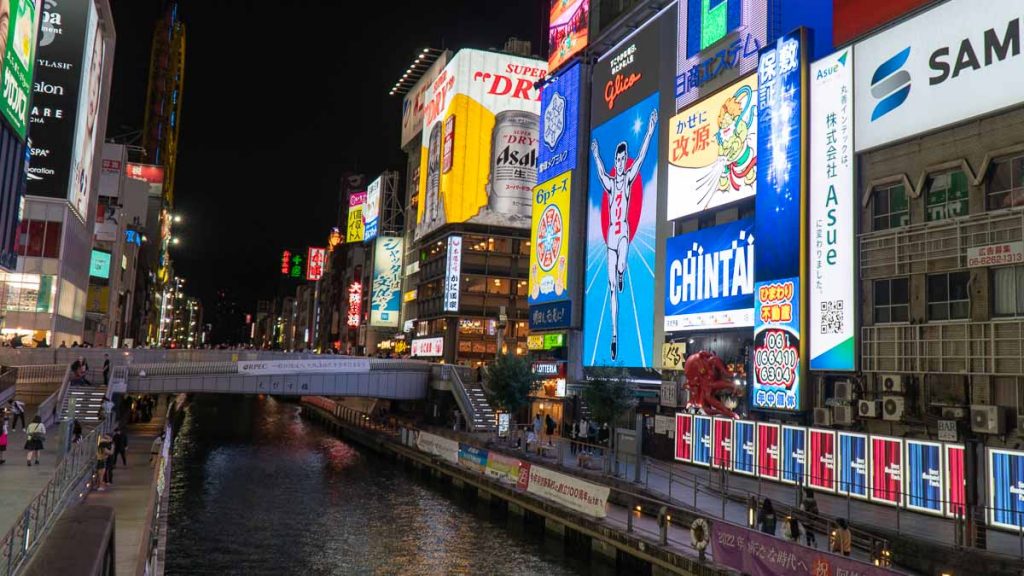
However, if you’re more into the lively atmosphere and a slower pace of life, I’d recommend Osaka! The people there are super friendly and would probably start a convo with you even if they just met you. Osaka is also great for foodies — visit Dotonbori and you’ll find various types of street snacks like takoyaki, dango, and okonomiyaki to feast on.
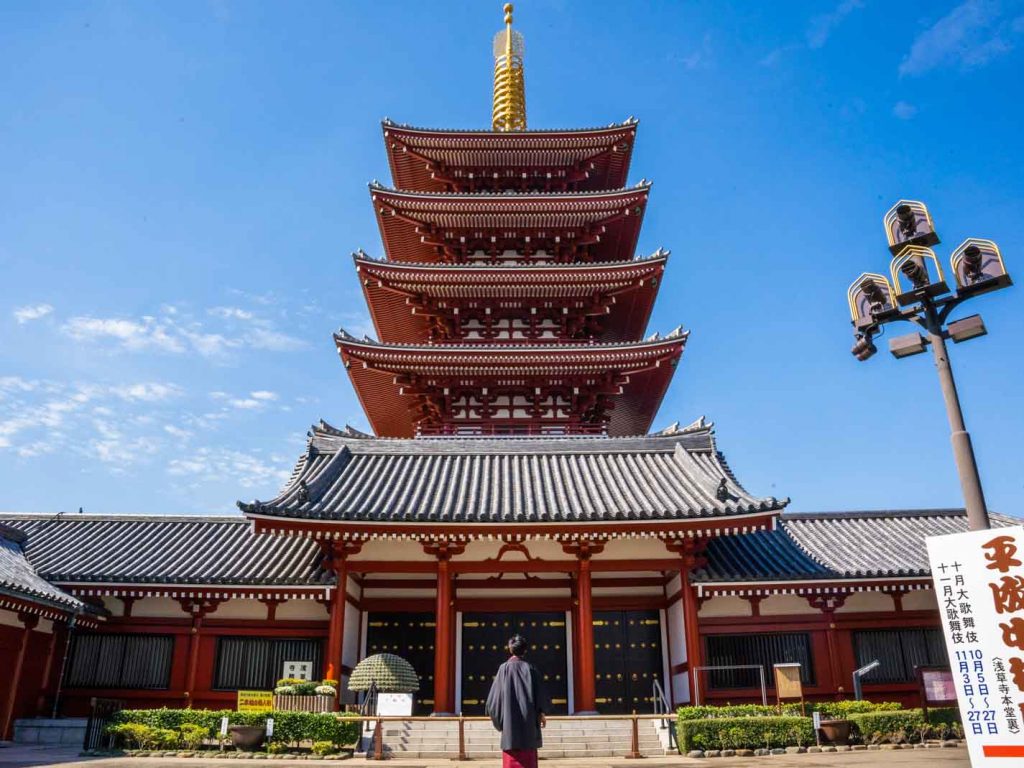
Thanks to their rich history, both Tokyo and Osaka have their own unique experiences and attractions that make them special! So check out some of our guides and itineraries to see what each has to offer 😉
Tokyo:
– 8-Day Tokyo to Osaka Japan Itinerary For First Timers Under S$690
– How to Experience Ghibli Magic in Tokyo — a Miyazaki-inspired Adventure
– 4D3N Non-Touristy Tokyo Itinerary — New Things to Do in Japan
– 7D6N Japan Itinerary Under S$1.5k — Road Trip from Tokyo to Mt. Fuji and Beyond
Osaka:
– 13 Best Things to Do in Osaka — New and Must-visit Attractions
– 7D Japan Itinerary Under S$1.3k — Osaka and Other Epic Cities in the Kansai Region
– 16 Must-Eat Food in Osaka and Kyoto
– Osaka Budget Guide – Travel for under $70 a day including accommodation
This article is part of a series where we uncover and honour the cultural differences of communities all over the world. What other cultures would you like to know more about? Let us know in the comments below.


